History
The prison institution dates back to the 17th century in the implemention of county administration, when warrant holders were given responsibility for supervising the execution of punishment. In the 19th century, prison management was reformed, among other things, by creating the Finnish prison administration. After the 1950s, changes in the prison organization decreased.
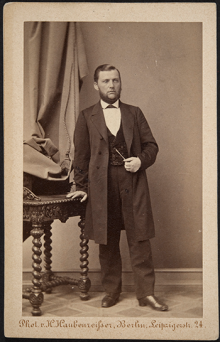
In Finland, prison administration is considered to have originated in 1867 when Adolf Grotenfelt (1828–1892) was appointed as nationwide prison inspector. It was the first step towards centralised prison administration. Before that, i.e. in the early decades of autonomy, the responsibility for matters related to prison administration was divided between different authorities.
When the reform of the Finnish prison administration was started in the 19th century, the main focus was on legislation and prison buildings. The existing prisons needed to be modernized because the prisons of the 1860s dated back to the time when Finland was under Swedish rule. The major transformation of prisons at the end of the 19th century was one of the biggest investments concerning a single administrative branch in Finland. For example Helsinki Prison, which was built in 1881 and is still in use, dates back to that period.
New trends in the 19th century – establishment of Prison Administration Board
At the same time, a new prison administration was being developed in Finland. When Adolf Grotenfelt was appointed as prison inspector in 1867, the aim was to establish a separate Prison Administration Board. After extensive groundwork, the Board started its work in 1881. Grotenfelt was the chief director of the Prison Administration Board until 1891 when he retired.
The establishment of central prison administration and the modernization of prisons were linked to a general reorganization of the administration and legislation before the end of the autonomy era. A key figure in both was Adolf Grotenfelt, who was largely responsible for the planning of the prison administration as well as the realization of the plans. The development of Finnish prison administration was closely linked to the international development in the field. Organized international cooperation started in the mid 19th century at the instigation of Count Vladimir Sollogub, a prison director from Moscow. Finland was involved in the international cooperation right from the start.
Conflicts and new goals in the early 20th century
The Finnish prison administration faced major changes in the 1910s. Contrasts between different staff groups lead to open conflicts during the civil war and its aftermath. Changes in the political situation impeded the work of the Prison Administration Board and, therefore, prevented the top management from fully concentrating on the internal matters of the prison services. The chief director of the Prison Administration Board changed frequently at the beginning of the 20th century.
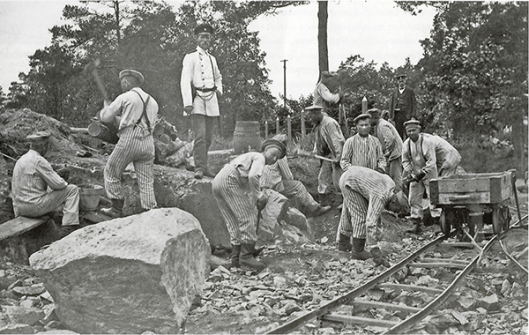
Alexis Gripenberg, who followed Grotenfelt as chief director of the Prison Administration Board, was removed from office in 1901 due to his strong opposition to Russification but was reinstated in 1906. In the intervening time, the post was given to Harald Dieckhoff. Gripenberg had to give up office again in 1911 during a new period of Russification. After him, Arthur Brofeldt served as chief director for a short time but the following two chief directors were Russian officials: Paul Strauch was appointed in 1914 and Nikolai Stromiloff in 1915. Stromiloff was ejected from office two years later as a result of the first Russian Revolution. At that time, lawyer Väinö Hakkila was appointed as chief director mainly on political grounds. He had to resign from the office after the war in 1918. The following chief director of the Prison Administration Board was Bruno Breitholtz.
The period of changes in the 1910s was characterized by attempts to set new goals for the prison services. Director of Helsinki Central Prison Johan Waldemar Castrén pushed the establishment of prison labour colonies in order to expand work activities and, eventually, convinced the decision-makers of the financial and prison-related benefits of outdoor work in the countryside.
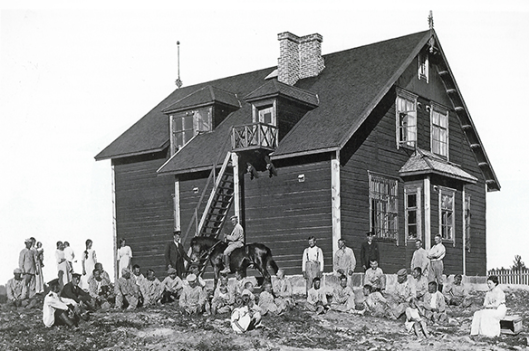
Successor to the Prison Administration Board: Department of Prison Administration at the Ministry of Justice
Financial savings and the simplification of the public office systems led to the abolishment of the Prison Administration Board in 1922. The successor to the Board was the Department of Prison Administration at the Ministry of Justice, which was established on 1 January 1923. In January 1933, the name of the department was changed to the Prison Department of the Ministry of Justice.
The development of prison work activities continued in the 1920s and 1930s with a focus on agriculture and clearing land for cultivation. The substantial increase in the number of prisoners put pressure on the development of work activities. In 1934, a committee established to develop prison work activities proposed that prison work should be arranged so that it benefits the state but does not harm private entrepreneurship. The committee recommended that agricultural work and especially the clearing of mires for settlement purposes should be increased. For that purpose, four subsidiary prisons were established without delay.
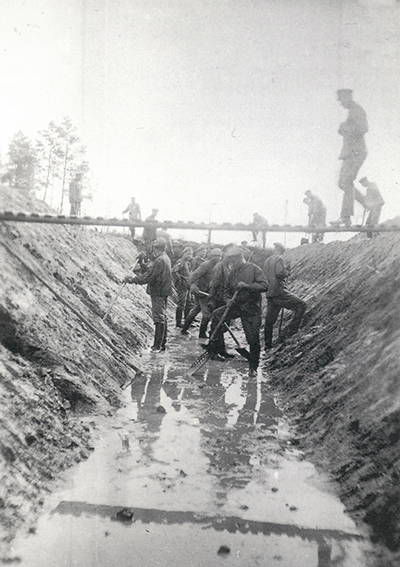
Wartime and its aftermath
At the beginning of 1937, the Prison Department was changed to Prison Administration Bureau that operated under the Ministry of Justice with extensive independent authority. The objective behind the reform was to shorten handling times and enable more flexible decision-making. The most significant change was the removal of the minister’s discretionary power, which gave the management of the Prison Administration Bureau an exceptionally extensive power of decision. That eased the handling of matters under the special circumstances caused by the Second World War but, at the same time, left the supervision of the activities to the officials of the bureau. As there was no outside control, problems were not addressed efficiently enough and the legal protection of prisoners was endangered during the war. The war had a significant impact on the operation of prisons. The number of prisoners increased and the shortage of food supplies as well as the prison staff being enlisted in the military service hindered the arrangement of prison work activities.
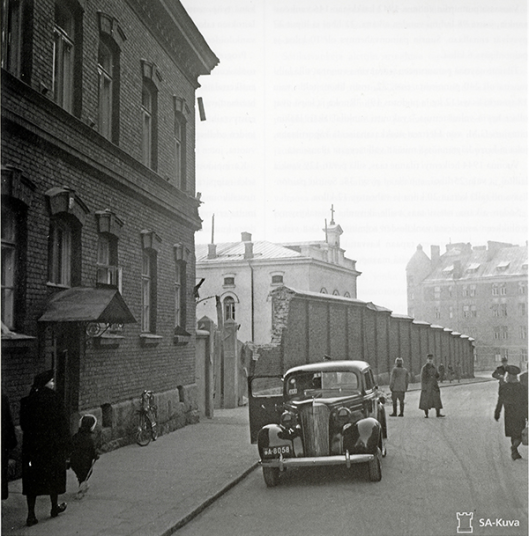
After the war, the Prison Administration Bureau received extensive public attention as former political prisoners criticized the prison conditions and many malpractices were revealed. Armas Arvelo, who had been the chief director of the Prison Administration Bureau since 1920, resigned from the office in 1945 because of heavy criticism concerning the prison services. He was replaced by Valentin Soine (Englund until 1909), who was appointed as senior ministerial adviser heading the Prison Department of the Ministry of Justice and as chief director of the Prison Service. At the same time, retiring staff members caused a major generational change in the central administration.
At the end of the 1940s, the operation of prisons normalized quickly. Work activities still focused on agriculture but large cultivation and forest areas assigned to meet the needs of evacuees diminished the relevance of work activities. A new labour colony system for short-term first-time sentenced and fine default prisoners was introduced in 1946. In addition, the Finnish Prison Association arranged work camps for homeless and unemployed prisoners after their release. A vocational school for young offenders was established in Riihimäki Central Prison and it was funded by a donation made by Petter Forsström. Young female prisoners were offered education in Järvenpää Prison Ward, which was part of Kerava Juvenile Prison. The training of prison staff was also improved after war.
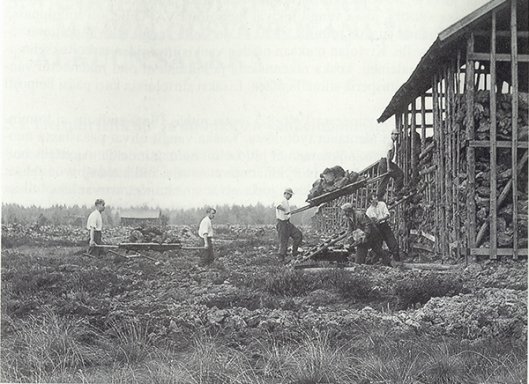
New era of prison services
The fierce post-war criticism concerning the prison services set the planning of an overall reform of the prison administration in motion. In February 1950, a decree to abolish the Prison Administration Bureau was issued and, on 1 April, its successor started its operation – it was, in fact, the former Prison Department, which was more closely part of the Ministry of Justice. After the 1950s, the volume of changes in the prison organization dropped.
A degree for prison officials included in the curriculum of the School of Social Sciences in 1949 was abolished in 1955 when the Prison Administration was entrusted with the arrangement of the courses and started providing education in the facilities of Helsinki Central Prison. The Prison Personnel Training Centre established in 1976 advanced the education significantly. Its task was to arrange prison officer and principal officer courses, education required in the prison service degree and the prison director degree as well as further and in-service training. In the autumn 1986, a basic degree in prison services was included in the curriculum of the Training Centre.
The prison work activities faced a major change in the 1960s to the 1980s when agriculture started to give way to the production structures and population trends of society. At the same time, the share of production work and handicrafts increased. Chief Director Valentin Soine retired in 1969 and was succeeded by K.J. Lång who was appointed as senior ministerial adviser who operated as chief director of the Prison Service of the Ministry of Justice on 1 January 1970. Lång retired in 1998 when Markku Salminen took office.
Cooperation with the Probation Association
The duties of the Prison Department established in the Ministry of Justice in 1950 included the management of the aftercare of prisoners in cooperation with the Probation Association. The origins of the Probation Association also dated back to the 19th century. Its predecessor the Finnish Prison Association, which started actual probation work in Finland, was established by procurator Eugen von Knorring in 1870. The goal of the association, which operated on a voluntary basis, was to help released prisoners to find work, accommodation and livelihood as well as to promote moral education in prisons. At first, the association had no official status but, as from the 1920s, it was more clearly integrated into the sphere of operations of the authorities responsible for the judicial administration and prison services. In the 1930s, the association was tasked with supervising conditionally released prisoners and, in the 1940s, organizing work camps for released prisoners. In 1966, the name of the association was changed to Registered Association of Probation. In 1975, the organization of probation work as subject to public law was approved and the Probation Association was established under the administrative branch of the Ministry of Justice.
In the 1980s, the Probation Association focused on social work with special groups. During the following decade, the Probation Association was included in the enforcement of sanctions and a pilot for the first actual community sanction, i.e. community service, was started in 1991. An act on the organization and funding of the probation work entered into force six years later, which meant defining community sanctions for the first time. The joint principles of the Prison Service and the Probation Association were drawn up at the end of the millennium.
Closer cooperation
In 2001, the organization of the enforcement of sentences was reformed as part of the reorganization of the tasks related to criminal policy in the Ministry of Justice. The Prison Department of the Ministry of Justice was abolished and a new central administration called the Criminal Sanctions Agency was established. The Probation Association subject to public law was also abolished and a new Probation Service was established to manage the enforcement of community sanctions. The Criminal Sanctions Agency led both the Prison Service and the Probation Service. Markku Salminen was the director general of the Criminal Sanctions Agency until 2005 when Esa Vesterbacka took office. The next big organizational reform happened in 2010 when the Prison Service, the Probation Service and the Criminal Sanctions Agency were united into one office under the name of Criminal Sanctions Agency.
Published 20.1.2023
